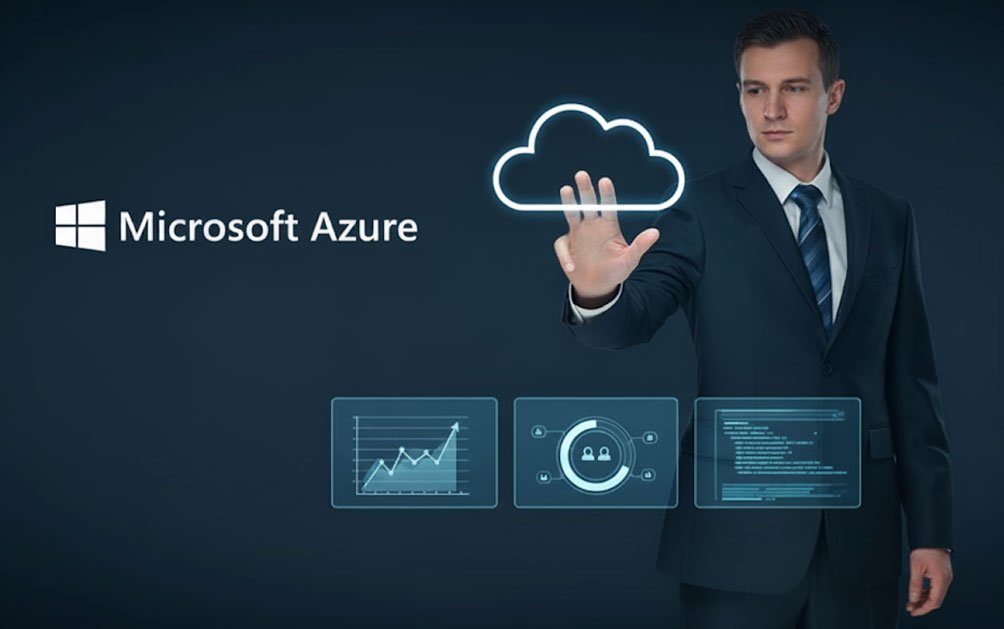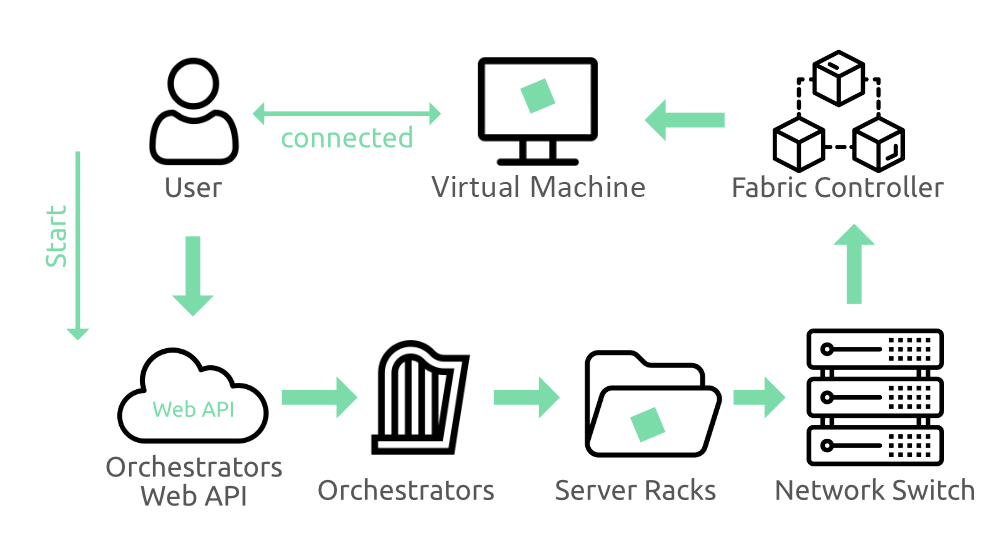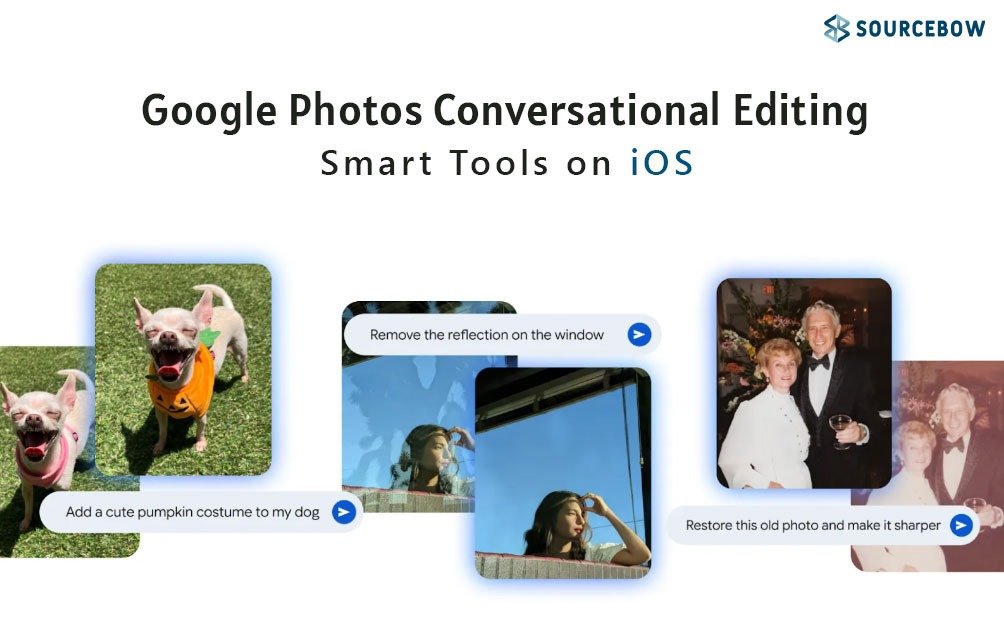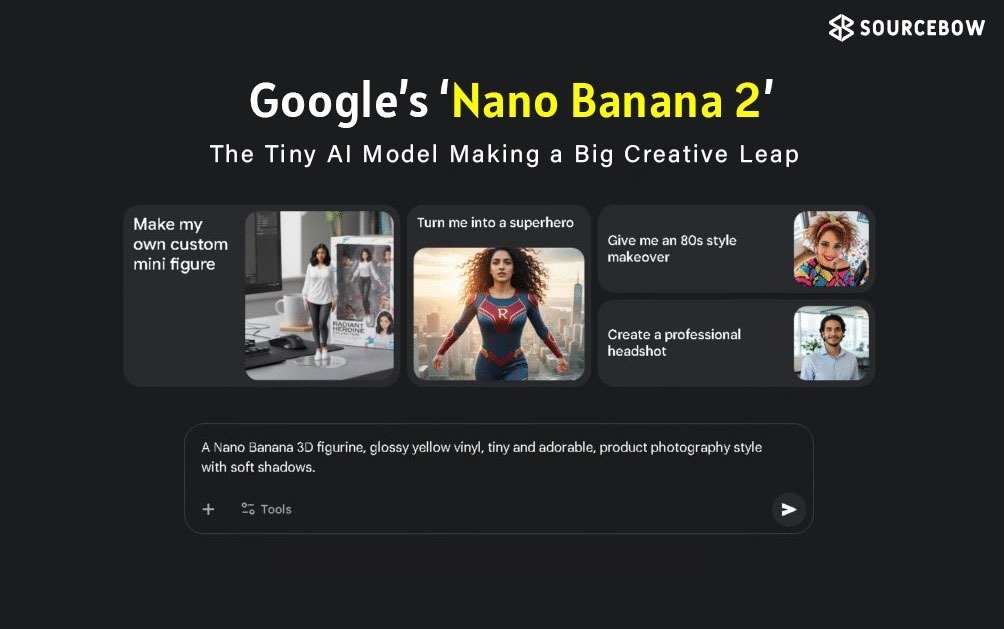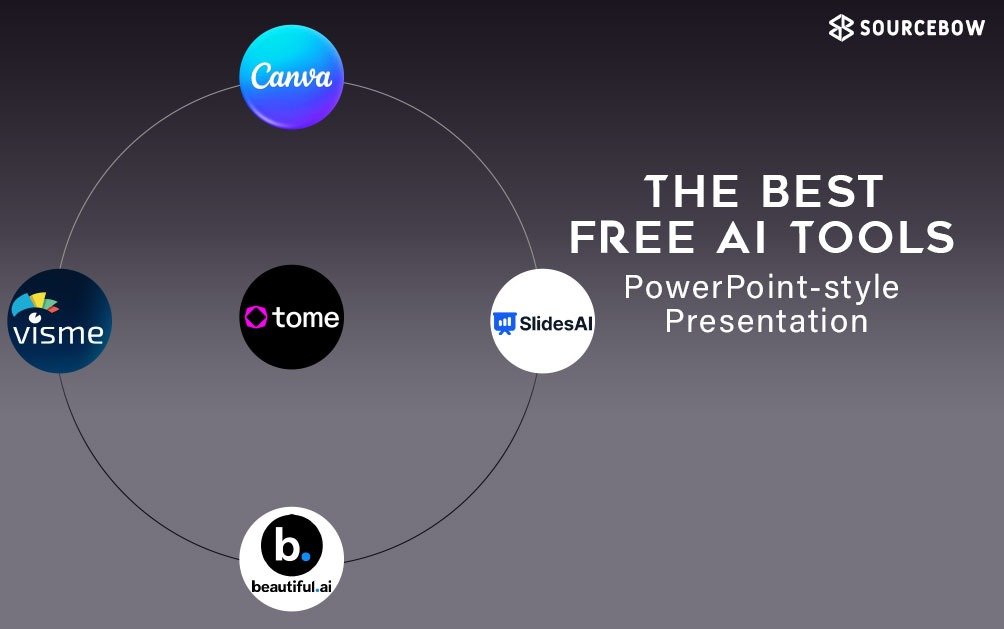Understanding the Basics of Microsoft Azure Fundamentals
Ever thought about diving into cloud computing but not sure where to start? That first step can feel confusing. Everyone talks about cloud, virtual machines, servers, and all those technology buzzwords—but what should you really focus on if you’re gearing up for Microsoft Certified Azure Fundamentals? Let’s break it down and make the whole journey a lot simpler.
Starting Your Azure Learning Path
The beginning is actually pretty straightforward. Everything you need sits at the Microsoft Learn portal. Just explore the Credentials section, and you’ll come across all sorts of certifications—including Azure ones. Once you filter down to Azure Administrator, you’ll spot Microsoft Certified Azure Fundamentals right there. This is a beginner-level exam, so nothing to be scared of.
- Prepare: Review the official exam topics.
- Practice: Use sample assessments.
- Schedule: Book your exam at a convenient time.
What Should You Study?
- Describe Cloud Concepts
- Describe Azure Architecture and Services
- Describe Azure Management and Governance
Most questions focus on Azure Architecture and Services, so pay special attention to that!
How Are These Topics Structured?
- Cloud Concepts: Cloud Computing, Benefits of Using Cloud Services, Cloud Service Types
- Azure Architecture and Services: Compute, Networking, Storage, Identity, Security, Access
- Azure Management and Governance: Cost management, Governance, Compliance, Resource deployment, Monitoring
What’s This Microsoft Azure Platform Anyway?
Microsoft Azure is a cloud computing platform delivering compute, storage, networking, AI, IoT, and more over the internet.
Cloud Computing in Everyday Life
Hosting a website isn’t just about putting up a page—it’s servers, databases, power backups, cooling systems, and security. With cloud computing, you can scale resources up or down and pay only for what you use.
Understanding the Shared Responsibility Model
The cloud provider handles infrastructure, power, and security. Customers manage data, user access, and application content.
Cloud Service Types Made Simple
| Service Type | Responsibility | Example |
|---|---|---|
| Infrastructure as a Service (IaaS) | You manage most aspects like VMs and storage. | Azure Virtual Machines |
| Platform as a Service (PaaS) | Provider manages OS and runtime environment. | Azure App Services |
| Software as a Service (SaaS) | Everything is managed by the provider. | Microsoft 365 |
Cloud Deployment Models Which Fits Best?
- Private Cloud: Complete control, higher costs.
- Public Cloud: Pay-as-you-use, managed by a third party.
- Hybrid Cloud: Best of both worlds—flexibility and control.
Managing Multiple Clouds
Companies may use multiple providers (multicloud). Tools like Azure Arc simplify managing resources across clouds.
CapEx Versus OpEx What’s the Difference?
CapEx is buying assets upfront. OpEx is pay-as-you-go—like cloud services.
Avoiding Resource Headaches
Cloud computing prevents overbuying or underbuying hardware—just scale as needed.
How Does Cloud Pricing Work?
Simple: Pay for what you use. Scale up or down without surprise costs.
Wrapping Up and Checking Your Knowledge
- Cloud computing: delivery of computing services over the internet.
- Hybrid cloud: mix of public and private.
- IaaS: most responsibility on the customer.
Once you get these ideas clear, you’re ready for Azure Fundamentals exam success .Understanding the Basics of Microsoft Azure Fundamentals

